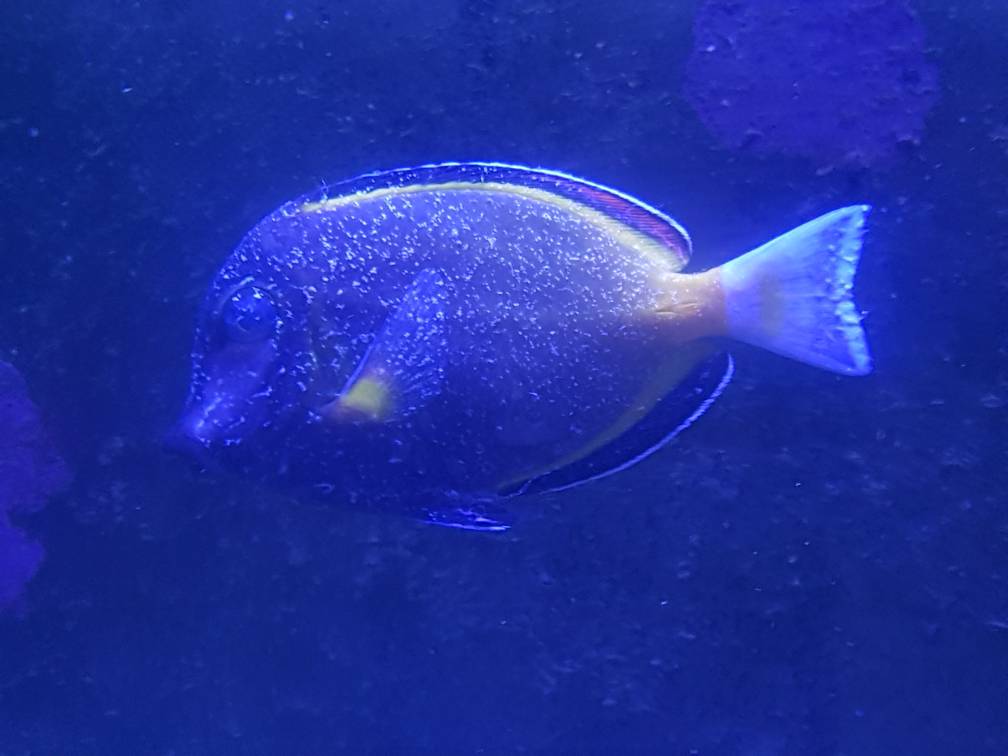- Joined
- Jul 11, 2016
- Messages
- 20
- Reaction score
- 5
I have a powder Brown tang that was looking dusty and staying in the water Flow. And it was getting worst. I was sure it was velvet. So I gave him fw dip. It seem to have help but during the bath it seem to lose color at Some spot. After Being back in the tank it seem to have exces mucus wich I did not notice before now I am NOT so sure about velvet or brook?
One of my clown show Some symptomes too( little dusty} all fish are eating good so far. But à couples of day back I lost 2 anthias with no symptomes at all.
The picture make the tang whiter Then it is.
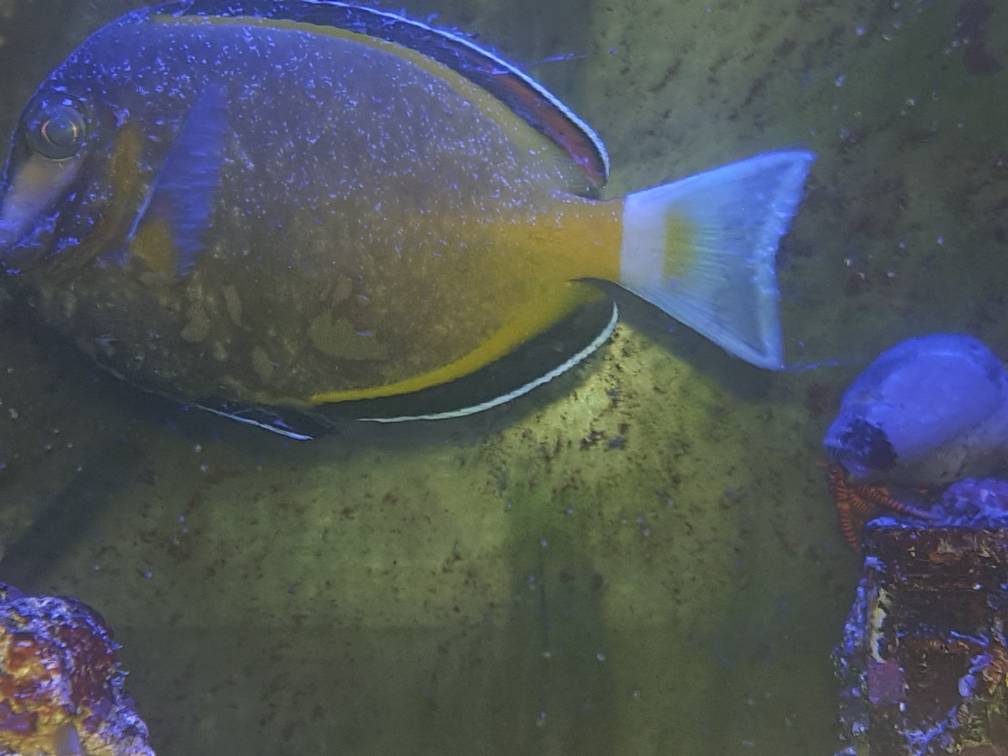
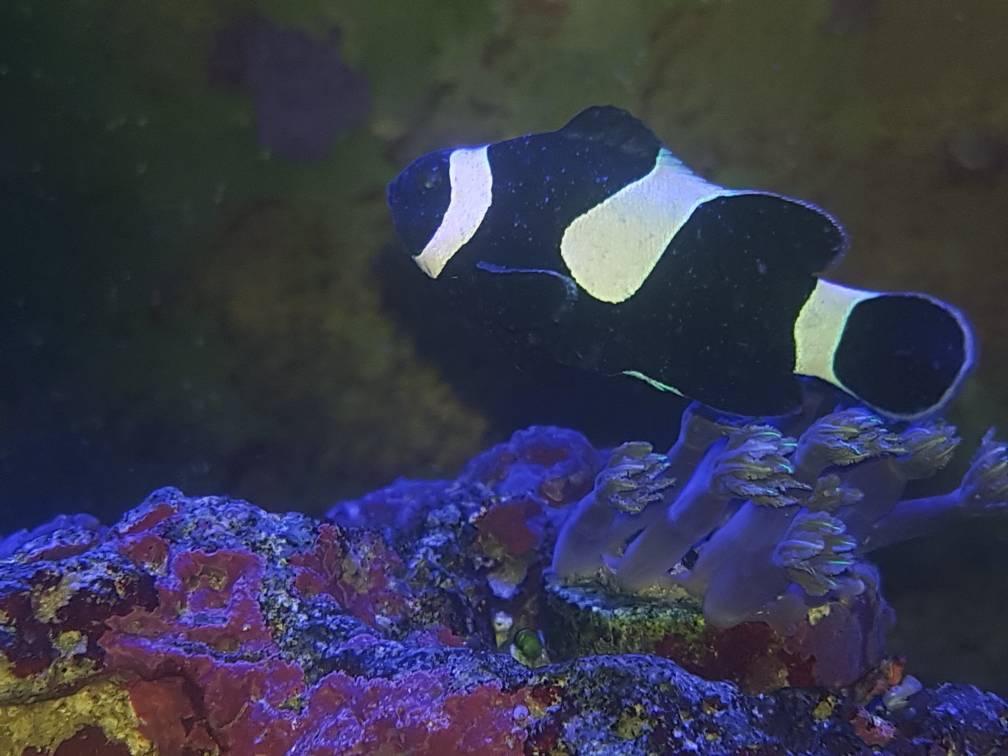
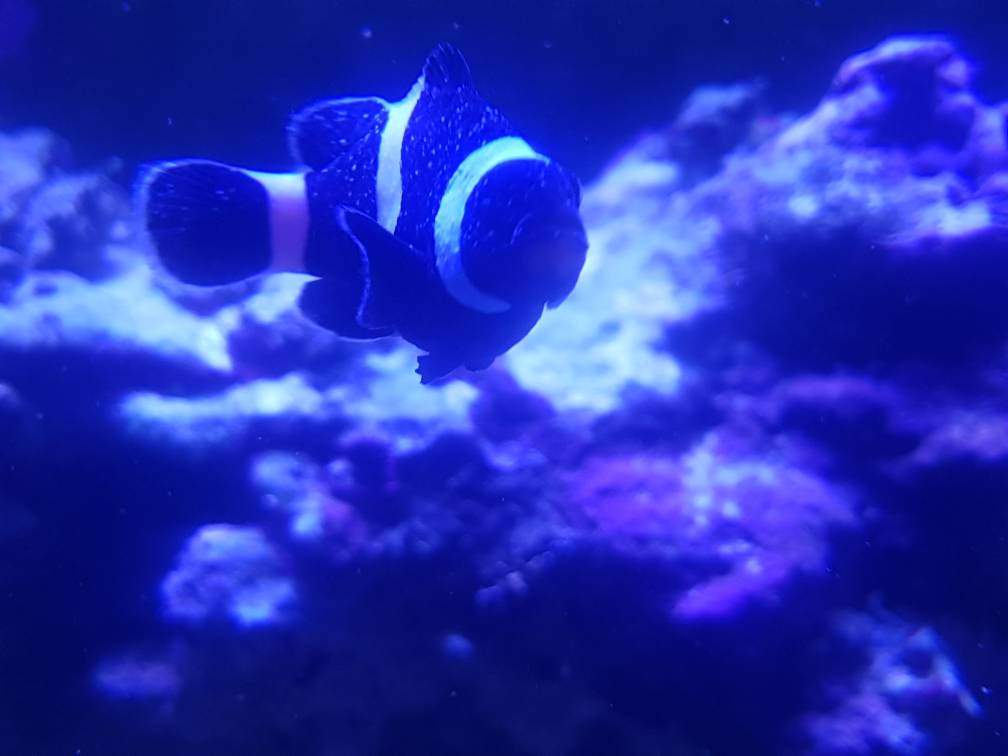
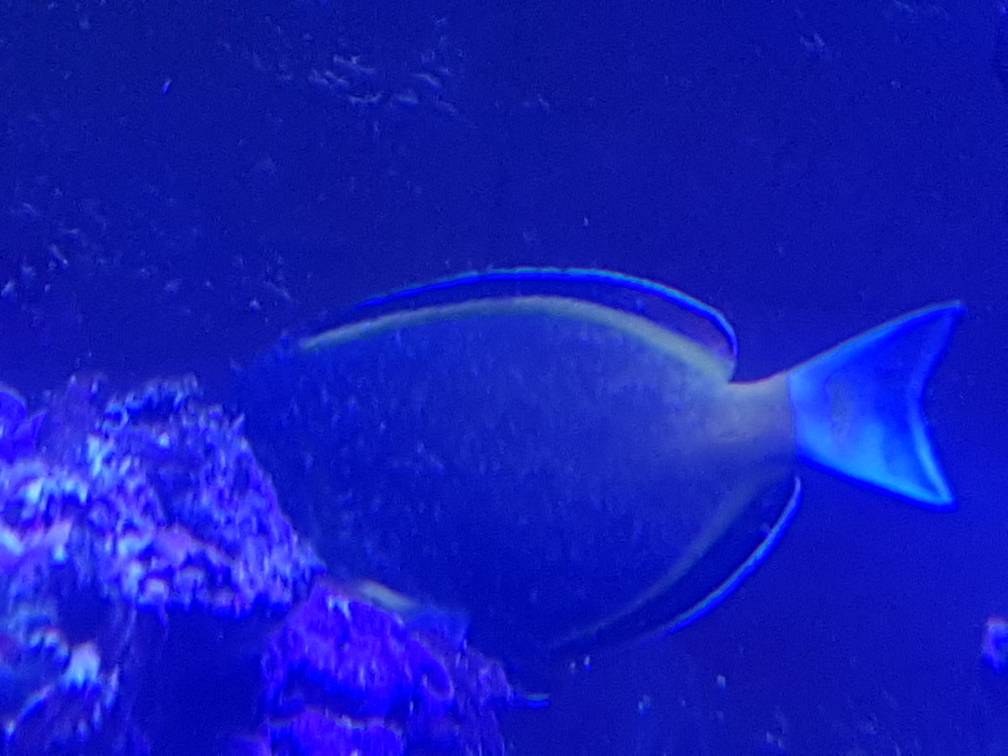
One of my clown show Some symptomes too( little dusty} all fish are eating good so far. But à couples of day back I lost 2 anthias with no symptomes at all.
The picture make the tang whiter Then it is.









